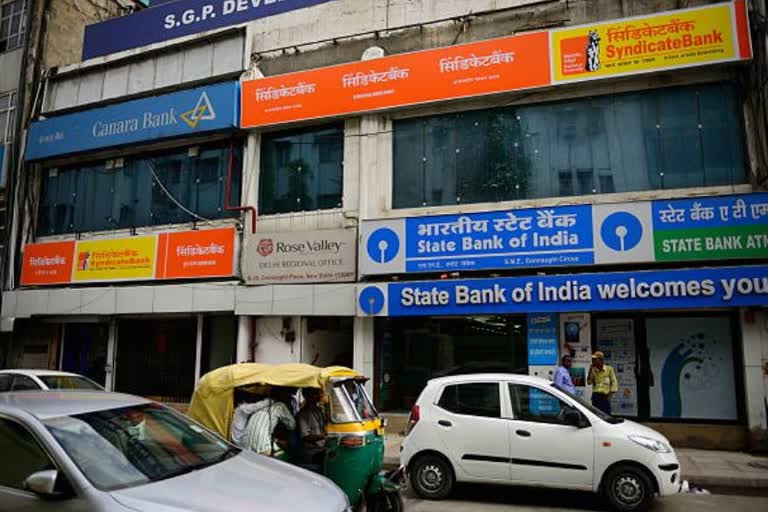Hyderabad: On August 30, Union Finance Minister Nirmala Sitharaman announced the merger of 10 Public Sector Banks (PSBs) into four entities, thus taking the total number of India’s PSBs from 27 to 12.
In addition to this, measures have also been announced to reform the PSB Boards, to improve their governance. This would go down as one of the biggest policy reforms of the National Democratic Alliance’s second term in office, which could potentially change the story of Indian banking.
Indian banking system has had a long and tough journey since independence. It passed through the narrow lanes of excessive control and regulation, burdened with non-performing assets in the pre-reform period and then breathed a new life with liberalization in the early 90s’s. Since then it had grown from strength to strength and emerged as one of the most resilient banking systems of the world.
Stability in Crises
In fact, when the banking system around the world was enveloped by the global financial crisis and when many leading banks of industrialized countries, which were assumed ‘too big to fail’ actually failed and when banking system across the world was shaky during the European sovereign debt crisis, Indian banking system stood strong and stable and showed a higher degree of resilience relative to the banks elsewhere.
This stability and resilience could be largely attributed to the precautionary role played by the Indian monetary authorities. However, this did not happen all of a sudden. It is the result of decades of carefully crafted policies and because of the enormous trust and confidence the Indian Banking system commanded since independence.
This yielded rich dividends to the banking system and is replicated through various parameters like asset quality, credit expansion, capital adequacy etc.
However, the policy stance related to banking appears to have changed and the Government of India is contemplating to create a set of strong and big public sector banks, with a strong national presence, wider global reach and enhanced capacity.
Read more:Amalgamation of banks down the years...
While the policy intentions to go for building ‘NextGen Banks’ is laudable, it is pertinent not to forget the lessons offered by the failure of the ‘too big to fail’ banks in the western countries like Lehman Brothers, Bear Stearns and financial institutions like American International Group (AIG), that shook the foundations of the edifice of global financial system a decade ago.
Remembering Lessons from the Failure of Big Banks
As India braces to build a USD 5 trillion economy, it is apparent that it needs the financial institutions of global scale, operating on increasing returns to scale. At the same time, it is to be remembered that bigger the size of a bank, higher the impact of its failure on the economy.
This is due to the fact that modern banks are no more mere acceptors to deposits and collectors of drafts. They, in fact, had become a part and parcel of the social and economic fabric of the nation, which affects its economic growth, employment, and output and wealth creation.
Given the growing relevance and need of the banking system, it is pertinent to ensure that there exists a fool proof mechanism in place, to prevent bank failure.
During the global financial crisis of 2008, big banks failed due to increased risk appetite among the bankers, chasing higher returns in a shorter period. This made them invest the public money in risky and toxic financial assets, which in turn landed the banks into crisis.
While lax supervision encouraged this, a deregulated policy environment in the name of allowing the market forces to decide the market outcomes precipitated the crisis. On the other hand, a fall in the corporate governance standards also failed to check the degeneration of banks while their CEOs bagged huge perks at the cost of public funds.
As India goes to create mega banks, there is a need to ensure that these missteps are avoided by learning from the experiences of failure of so-called big banks. In fact, India could not afford such failures, given the macro economic situation of the country. It is in this context, there is a need to achieve operational efficiency by making use of the geographical technological and human resource synergies during the bank mergers.
While the governance reforms in banks is a positive overture, there is a need to bring in more professionalism in the bank boards and restrain from political appointments to the boards of PSBs.
Given the deeper linkages between the banking sector and financial sector development, it is pertinent to have robust banking system, in order to make the financial system more inclusive. This would help India’s banks to lay an indelible impression on the global financial system.
(Written by Dr. Mahendra Babu Kuruva. He is an Assistant Professor, Department of Business Management, H.N.B.Garhwal University, Uttarakhand.)



